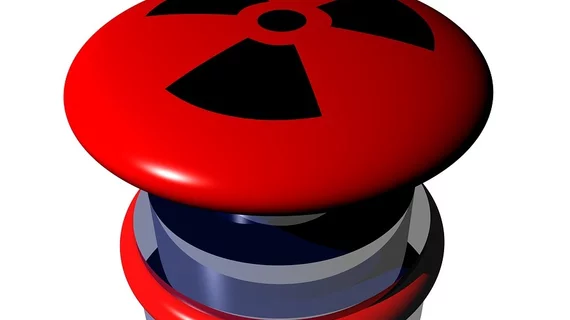Interventional radiologists keeping radiation exposure to a minimum
Interventional radiology procedures are exposing patients to less radiation than in the past, according to a new study published by the Journal of the American College of Radiology.
“The medical use of ionizing radiation offers many benefits to patients and interventional radiologists performing minimally invasive, image-guided procedures,” wrote lead author Jacob J. Bundy, MD, MPH, with the department of radiology at the University of Michigan Health System in Ann Arbor, Michigan, and colleagues. “Exposure to ionizing radiation, however, represents a health risk for patients and interventionalists.”
Bundy et al. examined data from more than 4,700 procedures at a single institution for their research. The authors compared the dosimetry of six common interventional radiology procedures—transjugular intrahepatic portosystemic shunt (TIPS) creation, nephrostomy, inferior ven cava filter placement, hepatic chemoembolization, other tumor embolization/vascular embolization and biliary drainage—to proposed reference levels from 2009. For every procedure, the mean fluoroscopy time, dose area product (DAP) and reference dose were below proposed levels.
“There was a 31 percent, 41 percent, and 48 percent mean decrease from the reference levels to the results of the current study in fluoroscopy time, DAP, and reference dose, respectively,” the authors wrote. “These results indicate that the reference levels provide a reasonable margin for individual institution variation in radiation dose exposure.”
Bundy and colleagues noted that they attribute these statistics to two primary factors. “Advances in image acquisition technology and radiation safety protocols have significantly reduced the radiation exposure for a variety of interventional radiology procedures,” they wrote.

